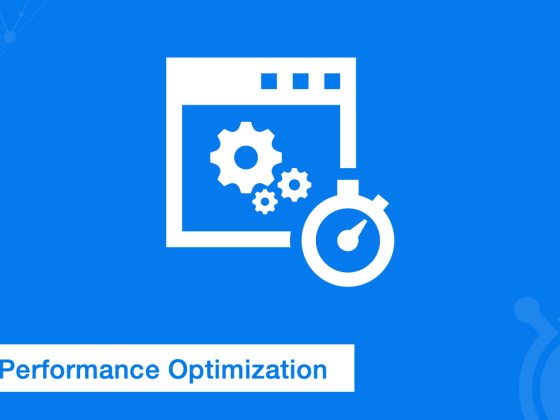Introduction:
In the ever-evolving landscape of the internet, web security stands as a paramount concern. With cyber threats becoming more sophisticated, ensuring the safety of your website is a non-negotiable aspect of online presence. This article delves into essential security measures and best practices to fortify your digital fortress against common threats. From HTTPS implementation to data encryption and protection against cross-site scripting (XSS) attacks, let’s explore the arsenal of defenses every website owner should deploy.
HTTPS Implementation: Fortifying the Front Door
The foundation of web security begins with Hypertext Transfer Protocol Secure (HTTPS) implementation. This cryptographic protocol ensures secure communication over a computer network, safeguarding data integrity and user privacy. By encrypting the data exchanged between a user’s browser and the website, HTTPS thwarts potential eavesdropping and man-in-the-middle attacks. To implement HTTPS, acquire an SSL/TLS certificate and configure your web server to use it. Regularly update and renew certificates to stay ahead of vulnerabilities.
Data Encryption: Shielding Your Digital Assets
Data encryption is the armor that protects sensitive information from falling into the wrong hands. Utilize robust encryption algorithms to encode data during transit and storage. Transport Layer Security (TLS) and its predecessor, Secure Sockets Layer (SSL), are instrumental in encrypting communication channels. Additionally, encrypt databases and sensitive files to add an extra layer of defense. Regularly audit encryption protocols to ensure compliance with the latest security standards.
Protection Against Cross-Site Scripting (XSS) Attacks: Guarding Against Code Injection
Cross-Site Scripting (XSS) attacks remain a prevalent threat, allowing attackers to inject malicious scripts into web pages viewed by other users. To prevent XSS attacks, validate and sanitize user inputs, particularly those that are rendered on the client side. Implement Content Security Policy (CSP) headers to control which resources can be loaded and executed. Regularly audit and update your website’s codebase to patch any vulnerabilities that might be exploited by XSS attacks.
Regular Software Updates: Closing Entry Points
Outdated software is a breeding ground for vulnerabilities that cybercriminals eagerly exploit. Ensure that your Content Management System (CMS), plugins, and any third-party applications are up to date with the latest security patches. Regularly check for updates and apply them promptly. Automated update mechanisms can streamline this process, reducing the window of opportunity for potential attackers.
Strong Authentication Mechanisms: Bolstering Access Controls
Authentication is the first line of defense against unauthorized access. Enforce strong password policies, encourage multi-factor authentication (MFA), and limit access privileges based on the principle of least privilege. Regularly audit user accounts and revoke access for inactive or unnecessary accounts. By fortifying authentication mechanisms, you create a robust barrier against unauthorized entry.
Web Application Firewalls (WAF): Filtering Incoming Threats
Implementing a Web Application Firewall (WAF) adds an extra layer of protection by filtering and monitoring HTTP traffic between a web application and the internet. WAFs detect and mitigate various attacks, including SQL injection, XSS, and cross-site forgery. Configure WAF settings based on your website’s specific needs and regularly update rule sets to adapt to emerging threats.
Conclusion:
In the dynamic realm of the internet, the proactive adoption of web security best practices is imperative for website owners. From HTTPS implementation to data encryption and protection against XSS attacks, each measure contributes to a comprehensive defense strategy. Regular audits, updates, and user education are crucial components of maintaining a secure digital presence. By integrating these best practices, you not only safeguard your website but also contribute to building a more secure online environment for all users.



